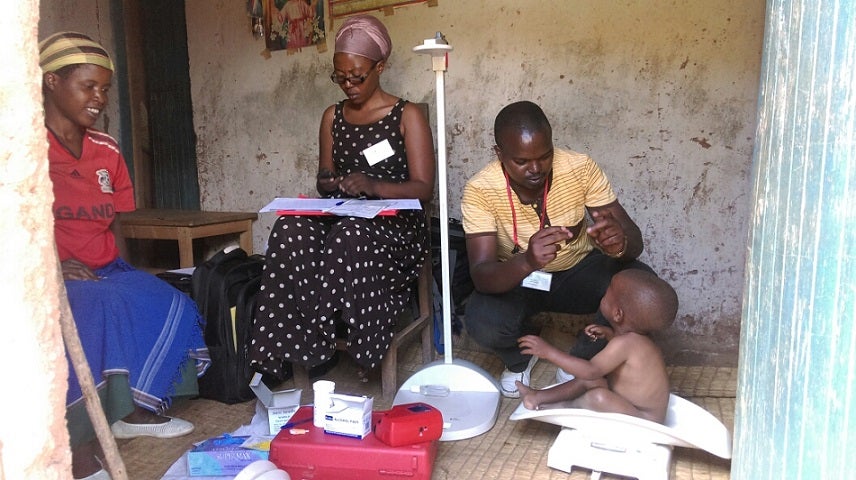McCourt and UCSD researchers put cost effectiveness of conventional foreign aid to the test
September 19, 2018 – What is the most effective and scalable way to administer aid to vulnerable populations? It turns out that unconditional cash transfers to the poor may be more effective than conventional forms of foreign aid at producing positive health outcomes.

What is the most effective and scalable way to administer aid to vulnerable populations? It turns out that unconditional cash transfers to the poor may be more effective than conventional forms of foreign aid at producing positive health outcomes.
That’s according to new research by Assistant Professor Andrew Zeitlin at the McCourt School of Public Policy and his colleague Craig McIntosh from the University of California, San Diego.
With support from USAID, Zeitlin and McIntosh tracked results from 248 villages in Rwanda, which were randomly assigned to one of four groups: a conventional nutrition and water, sanitation and hygiene (WASH) program; a distribution of small cash grants up to 7; a large distribution of cash grants equal to 2; and a control group with no intervention.
A Paradigm Shift for Foreign Aid
After a year, neither the conventional aid program nor an equivalent expenditure on the small cash grants had a significant impact on any of the primary outcomes of the study (child growth, household dietary diversity, maternal or child anemia, household consumption, or wealth). But there are important differences in the patterns of secondary impacts: small cash transfers encouraged physical asset accumulation and debt reduction, while the conventional impact encouraged household savings.
On the other hand,, those individuals who received the larger 2 payment benefited from higher consumption, savings, assets, and house values, along with improvements in diet, child growth, and child mortality.
Zeitlin writes: “These results are exciting, in that they show the potential for unconditional transfers to protect children at risk of acute malnutrition, even in a relatively short period of time.”
Policy Implications
The study has implications both for the design of programs to target child development in Rwanda, and for how USAID allocates funds more broadly.
In Rwanda, despite improvements in child nutrition in recent years, many children still suffer from stunted growth due to malnutrition. To combat these challenges, the Government of Rwanda set ambitious targets for reducing malnutrition among children and women of childbearing age by 2018. Existing standards of practice suggest that intensive multi-faceted programming can be effective by addressing multiple challenges at once, on the supply and demand side, with nutrition and water, sanitation, and hygiene (WASH) interventions. However, McIntosh and Zeitlin’s research suggests that larger investments may be needed in order to improve these outcomes in the short term, and that cash grants provide one way of doing so.
More broadly, this cash benchmarking evaluation presents a new approach to holding foreign donors accountable for the cost-effectiveness of their aid strategies. As Sarah Rose and Amanda Glassman of the Center for Global Development write:
Because cash transfers are simple to implement, they’re just about the lowest cost way to help someone, making their per-dollar impact a baseline level of value for money. This can inform the selection and design of future programs…. USAID is blazing a trail as the first bilateral donor to begin to use [cash benchmarking evaluations] to understand prospectively how its money can be used most cost-effectively.
Studies like that of McIntosh and Zeitlin suggest that randomized, controlled trials can be a valuable tool in this search for cost-effective aid strategies.